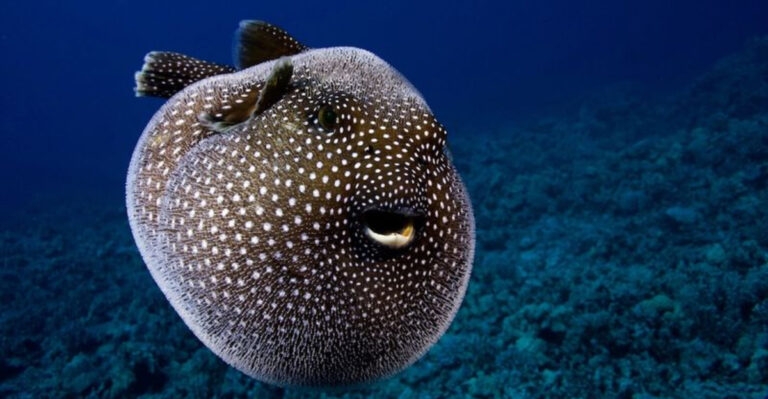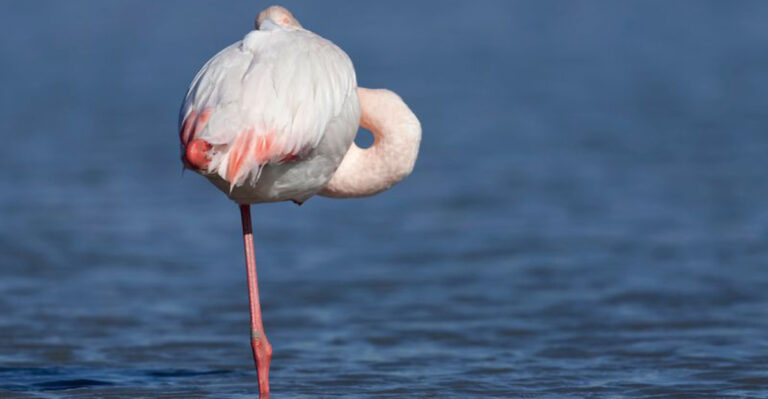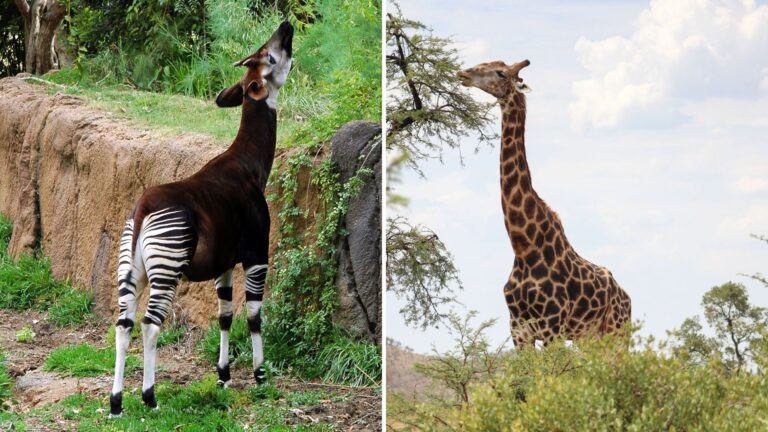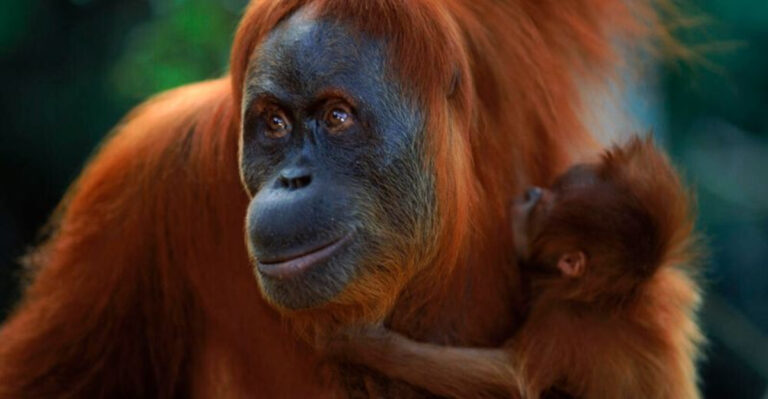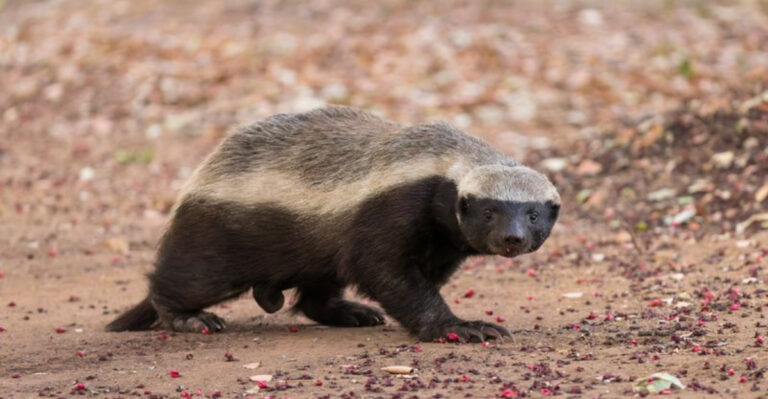12 Fascinating Mammals We’ll Never See Again (And 2 Mammals That Have Lived The Longest)
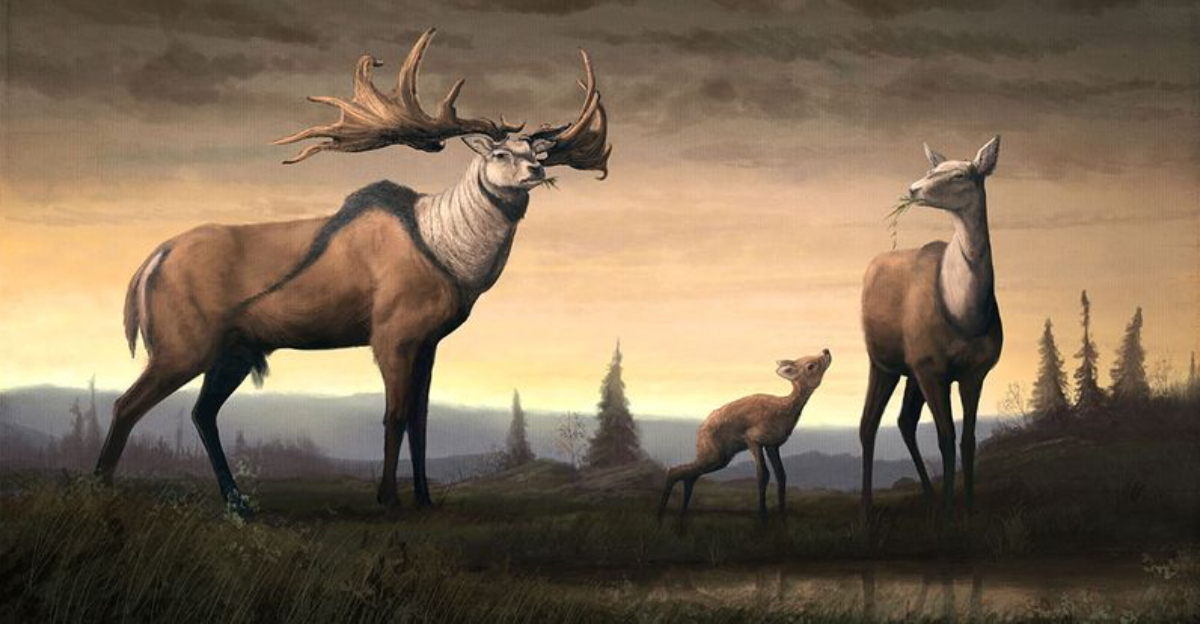
Imagine a world where the mysterious thylacine still roams the forests or the massive mammoth grazes the tundra.
While we can’t bring these creatures back, tales of their existence fuel our imagination. Here, we explore 12 mammals lost to history and 2 that have defied time, living long lives beyond their peers.
1. Thylacine
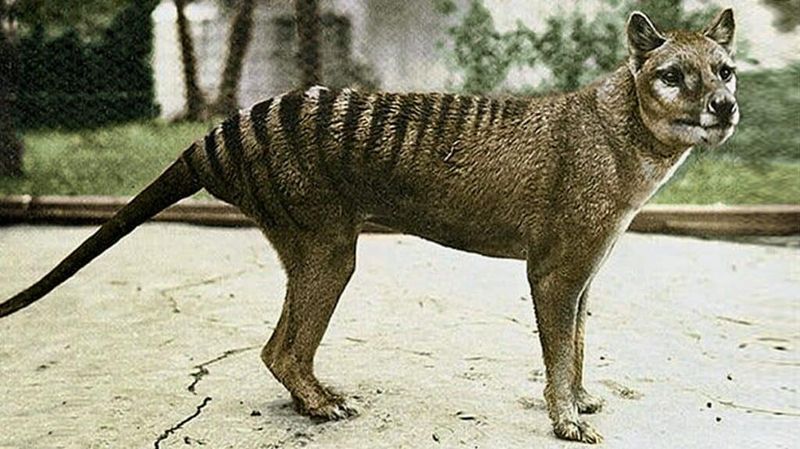
Often called the Tasmanian Tiger due to its striped back, the thylacine was a unique blend of marsupial and carnivore. Its wolf-like features yet kangaroo-like pouch made it a wonder of evolution. Sadly, hunting led to its extinction in the 20th century. Australia mourns its loss, as sightings remain mere ghost stories.
2. Woolly Mammoth
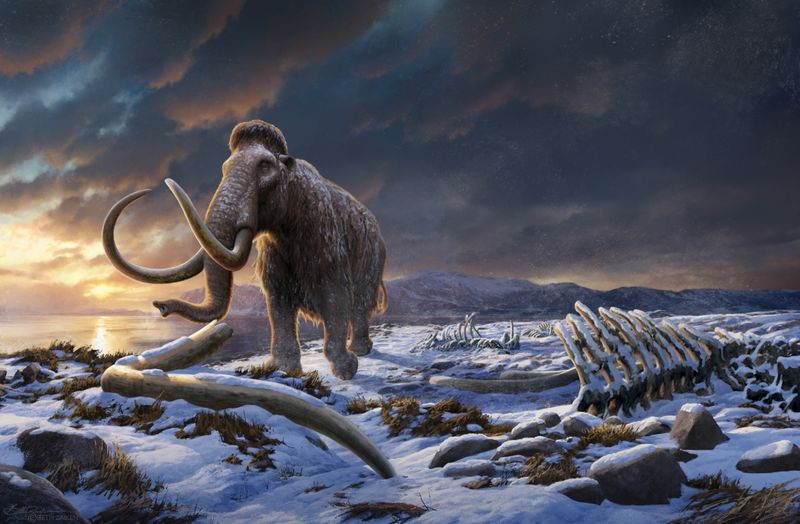
With its colossal size and shaggy coat, the woolly mammoth was the king of the Ice Age. They roamed vast, icy landscapes, shaping ecosystems. Climate change and human hunting likely led to their demise. Their frozen remains, however, still captivate scientists hoping to unlock ancient secrets of the Earth’s history.
3. Saber-toothed Tiger
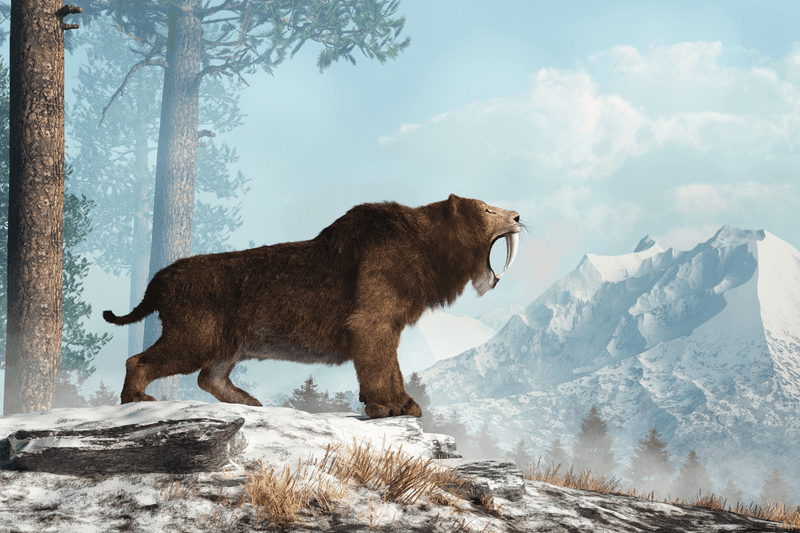
Fearsome yet majestic, the saber-toothed tiger, or smilodon, boasted impressively long fangs. These predators dominated prehistoric landscapes but vanished around 10,000 years ago.
Ice Age survivors, they couldn’t adapt to changing environments. Their legacy endures in fossil records, painting a picture of ancient predatory life.
4. Aurochs
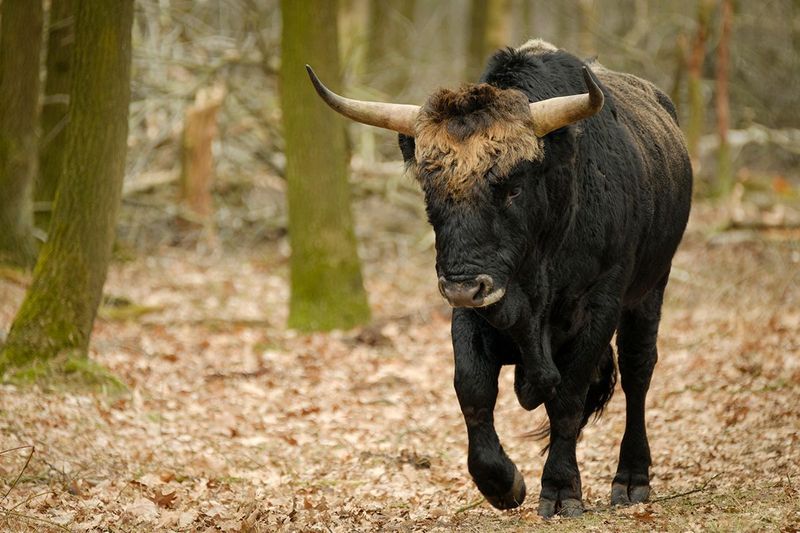
The mighty aurochs, ancestors of modern cattle, roamed Europe and Asia. Towering and robust, they symbolized strength.
Overhunting and habitat loss drove them to extinction by the 17th century. Legends of their grandeur still echo in modern cattle breeding. Rewilding projects now aim to revive their lineage and legacy.
5. Quagga
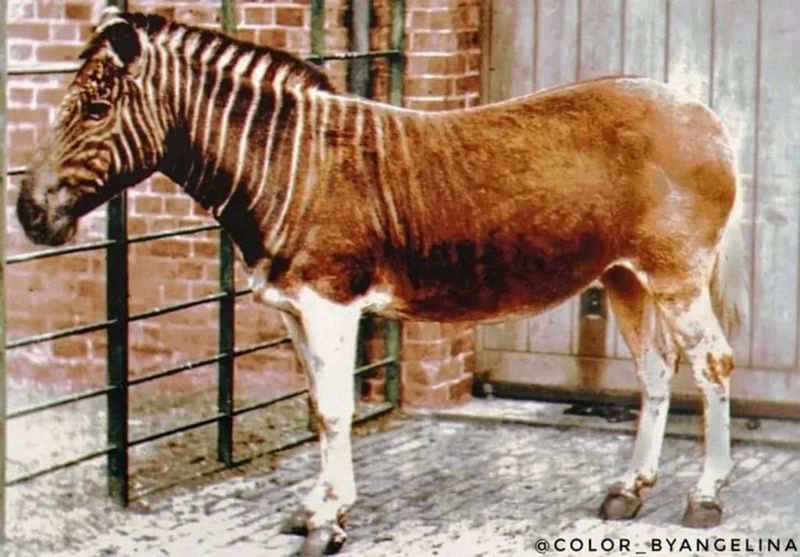
Half-zebra, half-horse, the quagga’s striking appearance made it unique. Once abundant in South Africa, they vanished in the 19th century due to hunting.
Their partial stripes puzzled scientists, leading to genetic studies. Efforts to bring back their distinctive traits through selective breeding show promise, but their true form remains lost.
6. Pyrenean Ibex
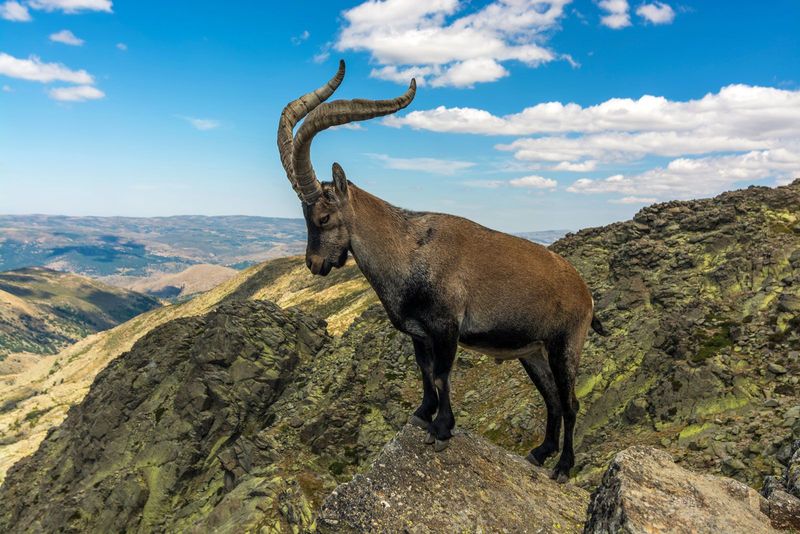
This mountain goat nimbly navigated the Pyrenees, its sure-footedness legendary. Overhunting led to its decline, with the last known individual dying in 2000.
Attempts to clone it mark a scientific milestone, though success proved fleeting. The ibex’s story highlights genetic conservation’s potential and challenges.
7. Steller’s Sea Cow
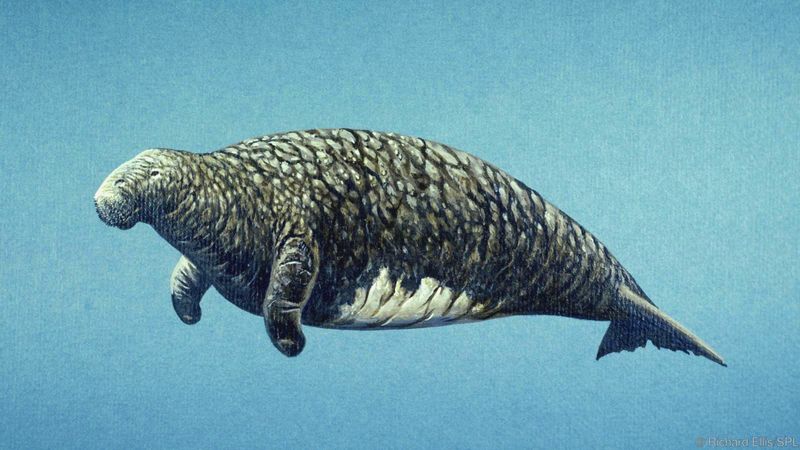
Imagine a manatee, but bigger and blubbier! Steller’s Sea Cow, once abundant in the North Pacific, was hunted to extinction by 1768. Its slow-moving nature made it an easy target for hungry sailors. Despite its disappearance, marine biology continues to study its role in ocean ecosystems and its gentle, giant allure.
8. Baiji
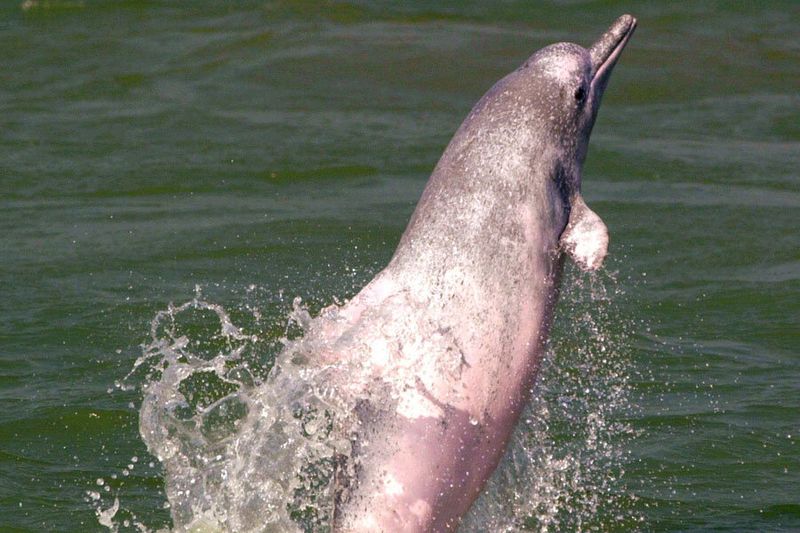
Once a symbol of China’s Yangtze River, the baiji dolphin was known for its pale, almost ghostly appearance. Rapid industrialization and pollution decimated its habitat, leading to its extinction.
The baiji serves as a chilling reminder of mankind’s impact on river ecosystems, urging stronger conservation efforts worldwide.
9. Giant Ground Sloth
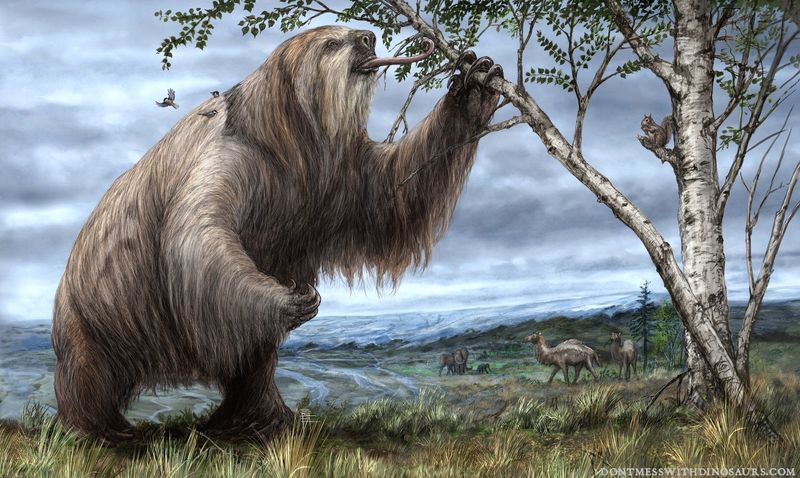
These behemoths lumbered through prehistoric forests, towering over today’s sloths. Their massive claws helped strip foliage from trees.
Climate shifts and human expansion likely led to their extinction. Fossils provide a window into their slow-paced lives, sparking wonder at the Earth’s diverse evolutionary tapestry that once existed.
10. Irish Elk
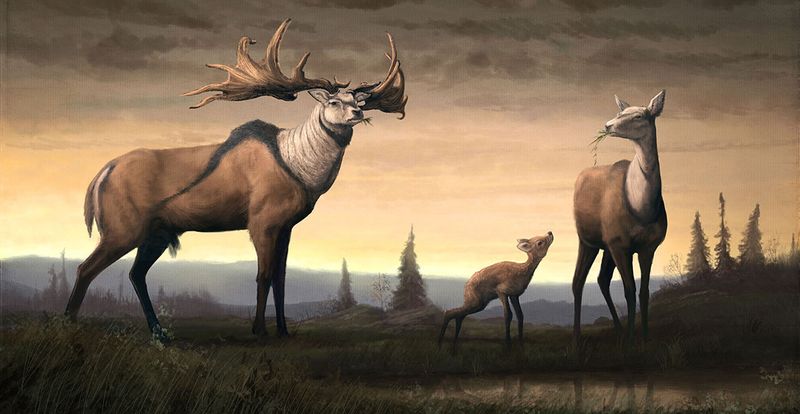
Known for their spectacular antlers, Irish elks were the giants of the deer world. Roaming across Europe and Asia, they disappeared around 7,700 years ago.
Their antlers, spanning up to 12 feet, remain a marvel of natural architecture. These magnificent creatures continue to inspire stories and art, symbolizing nature’s grandeur.
11. Javan Tiger
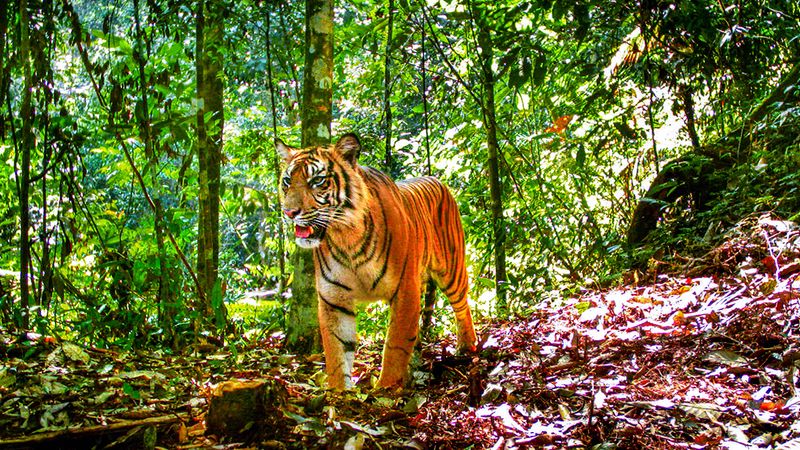
Silent guardian of Java’s forests, the Javan tiger roamed until the mid-20th century. Habitat destruction and hunting led to its decline.
Despite its extinction, whispers of sightings persist, keeping its legacy alive. Conservationists aim to protect remaining habitats, hoping to prevent similar fates for other endangered species.
12. Bowhead Whale
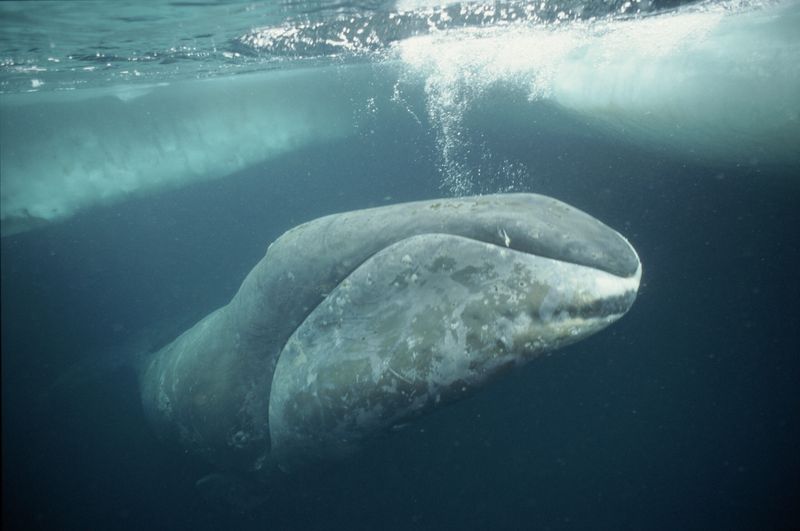
Imagine a lifespan that spans over two centuries! The bowhead whale, an Arctic marvel, holds the title for the longest-living mammal.
These gentle giants navigate icy waters with grace, boasting immense blubber for warmth. Their longevity and resilience inspire wonder, reminding us of the mysteries the ocean still holds.
13. Elephant
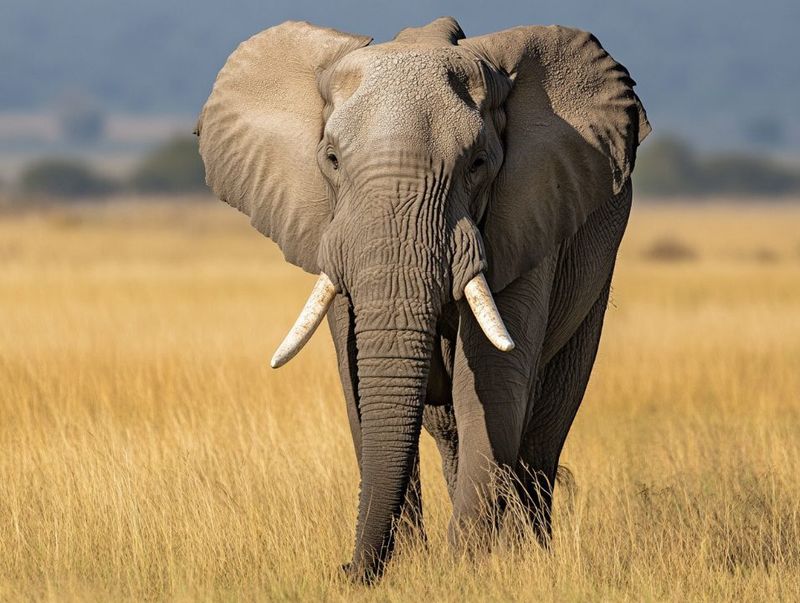
With their grand presence and complex social structures, elephants are nature’s wise giants. Known for their intelligence and memory, they form deep familial bonds.
Elephants can live up to 70 years, symbolizing resilience and continuity. Their gentle, yet commanding presence continues to inspire awe and respect across generations.


